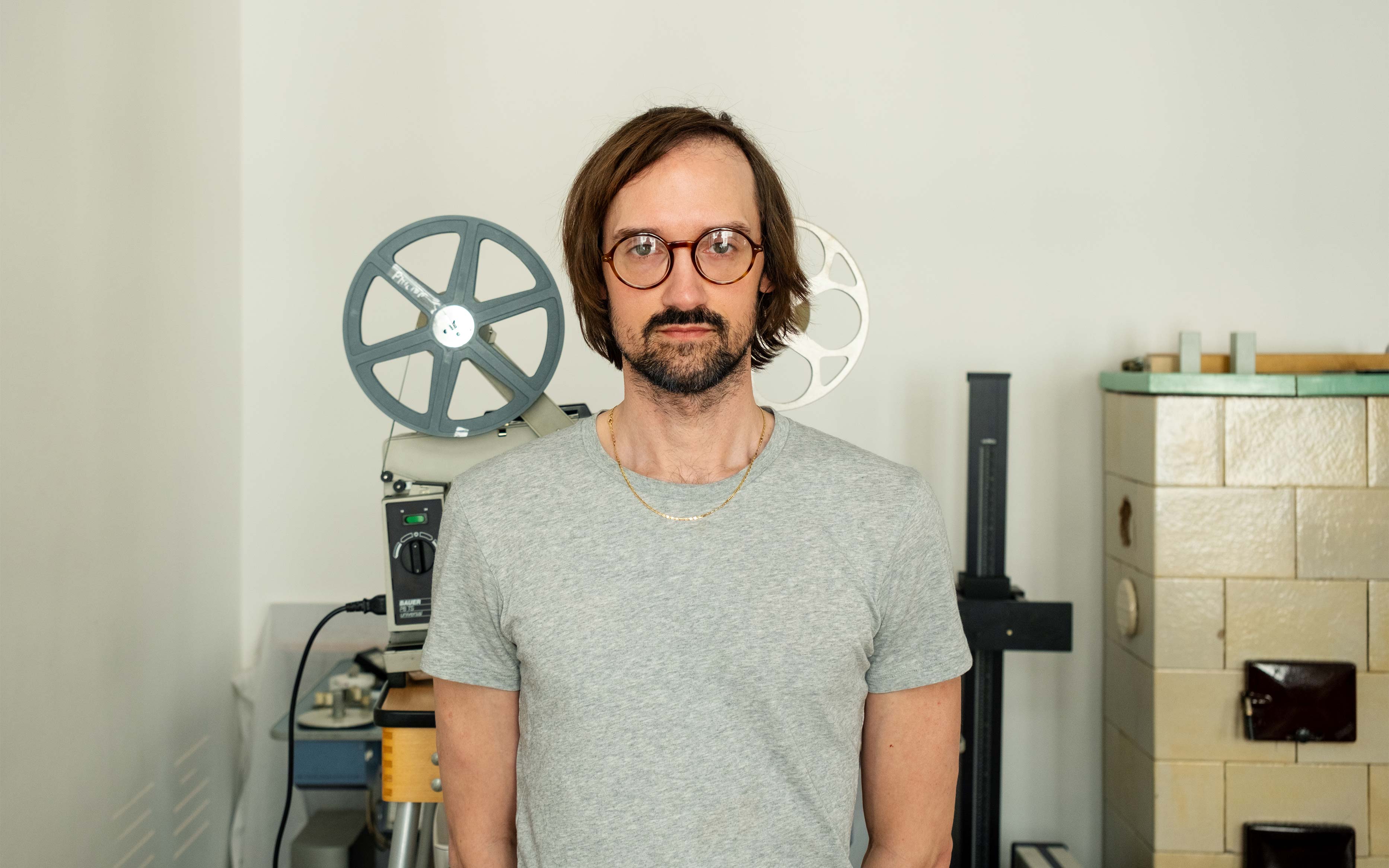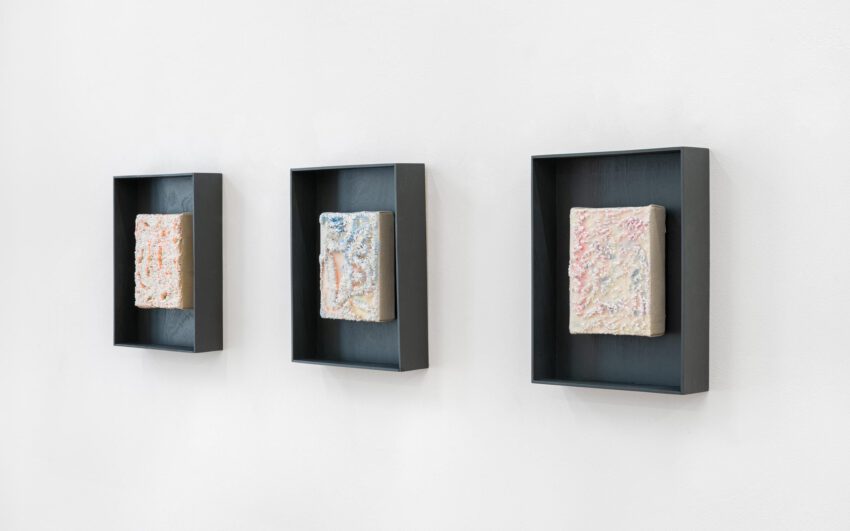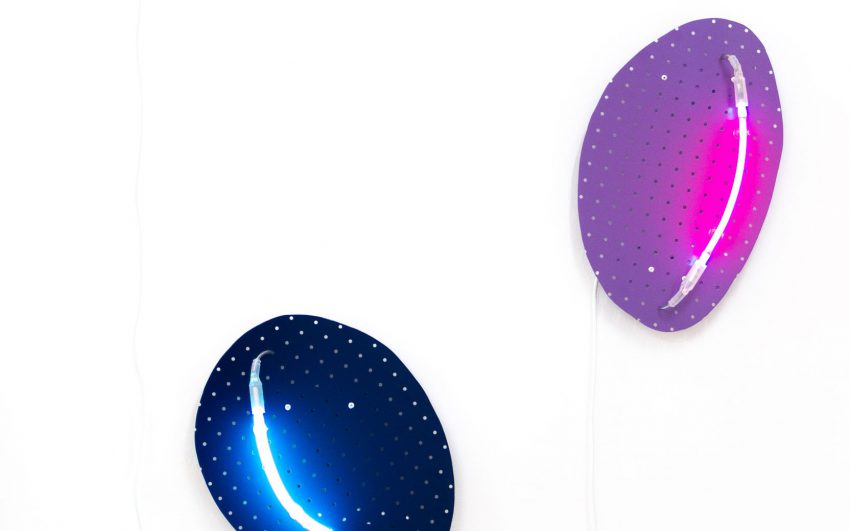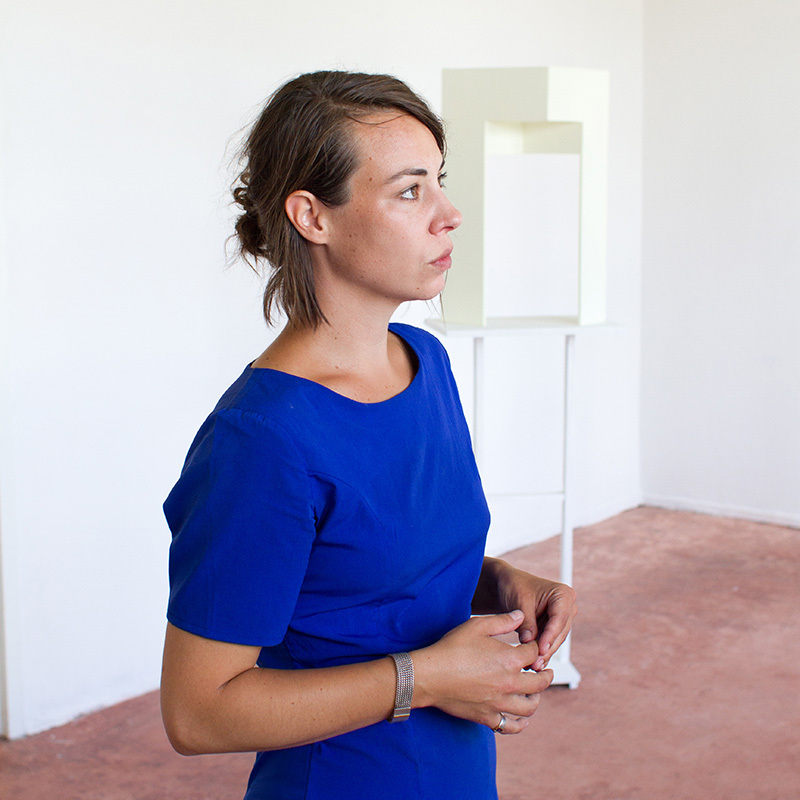The Austrian artist Philipp Fleischmann works with analogue film formats, reflecting on institutional architecture through experimental methods. In his process-oriented practice, he develops specially constructed cameras that create a direct connection between space, light, and materiality. He is interested in the interplay of visibility and representation, and how cultural institutions shape our perception. Conceptual rigor is combined with a precise visual language, resulting in cinematic works that oscillate between documentation, abstraction, and spatial intervention.
Philipp, did you always want to become a filmmaker or artist?
I don’t think I always had this desire. As a child, I don’t think I had a very clear idea of what it meant to be an artist. However, as a teenager, I began working unexpectedly as an actor in front of the camera in a very popular TV series. Suddenly, film became a significant part of my life. According to society’s rules, I should have been proud to be on television. But I wasn’t. I felt ashamed and dissatisfied. Dissatisfied with my own performance and with the entire TV series, which I found banal. Afterward, I felt a strong desire to create something, something where I could quietly say to myself, “Yes, I like this.” Even if only twenty people would see it, instead of twenty million. I didn’t know much about the field of visual arts, but the longing for self-determination led me there.
What did you take with you from the set experience and later develop further?
I learned how a classical film set works—with a clear division of labour between directing, camera, production, lighting, sound, costume, and makeup. Even though I don’t work that way myself, as I resist this departmentalised way of thinking, it became clear to me early on that artistic work requires a high level of organisation. That helped me a lot in my own projects.
What were your first steps behind the camera?
I wouldn’t use the expression ‘behind the camera’ as I never was, technically speaking, and I am still not. Initially, it was a dilemma, as I wanted to make films myself, but the classic film camera was a problem for me. For five years, it had been pointed at me, and I found the process of being made into an image and placed in a narrative that was not my own to be highly intrusive. I thought “what if I switch sides and stand behind the camera?” – but that also felt wrong. Why should I do to others what I did not want for myself? The analogue medium finally offered me a way out. I realised that I didn’t have to put the film material into a pre-made camera. This way, I could escape the logic of representation inscribed in the camera and the power relations connected to it. I wanted to disempower the camera—simply by not using it. I started building my own devices and thought of the camera as a flexible system that can take different forms depending on the context.
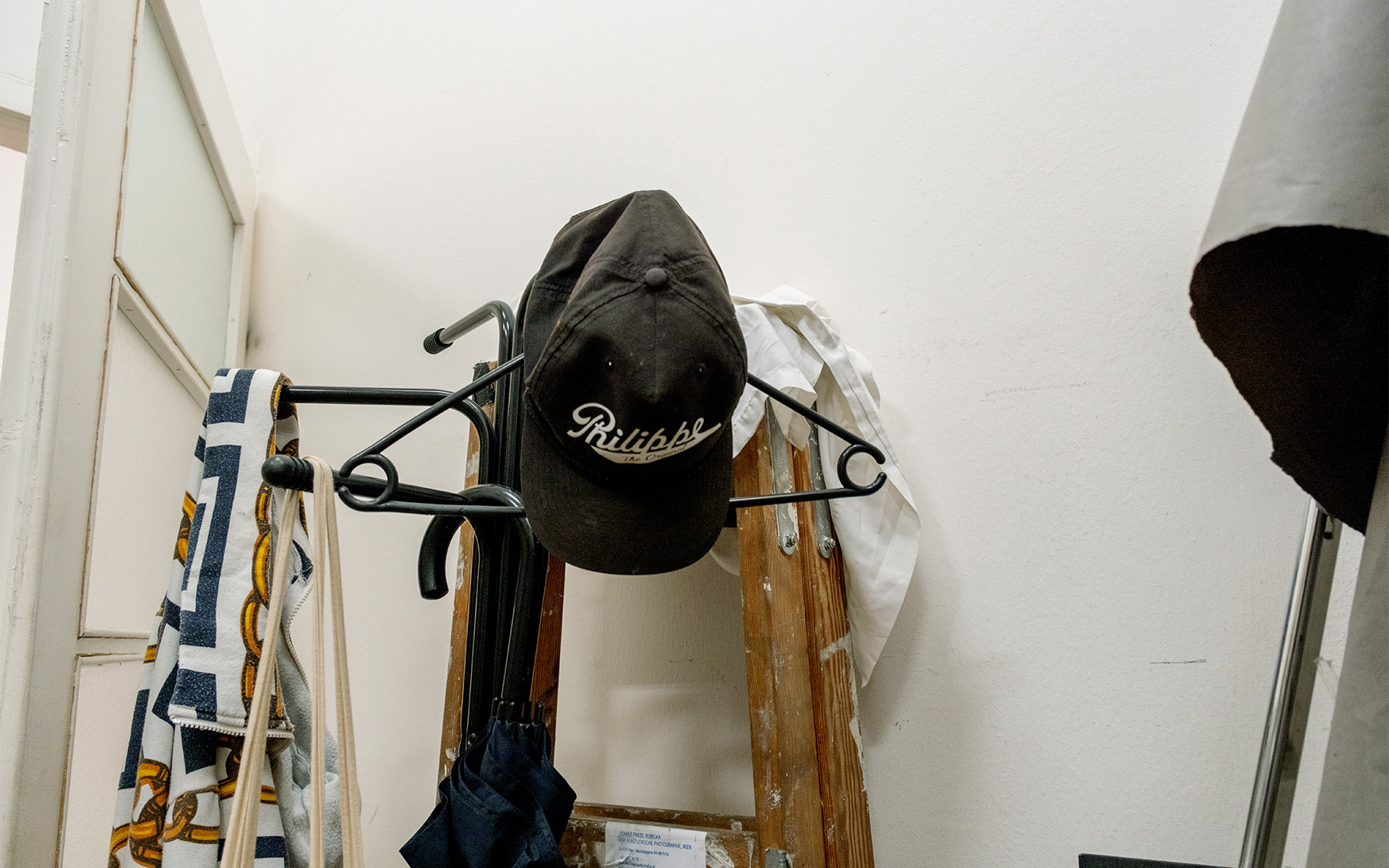
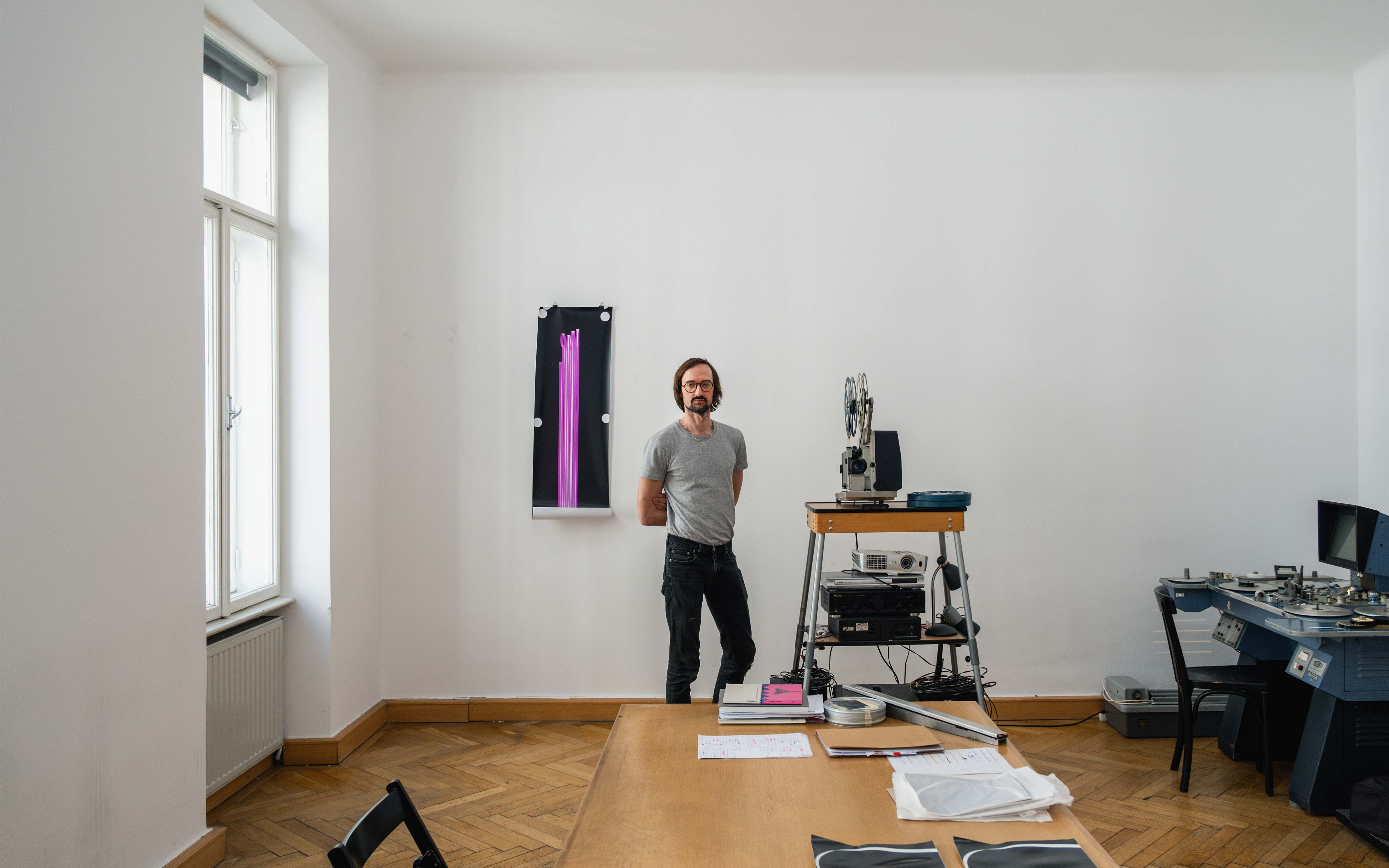
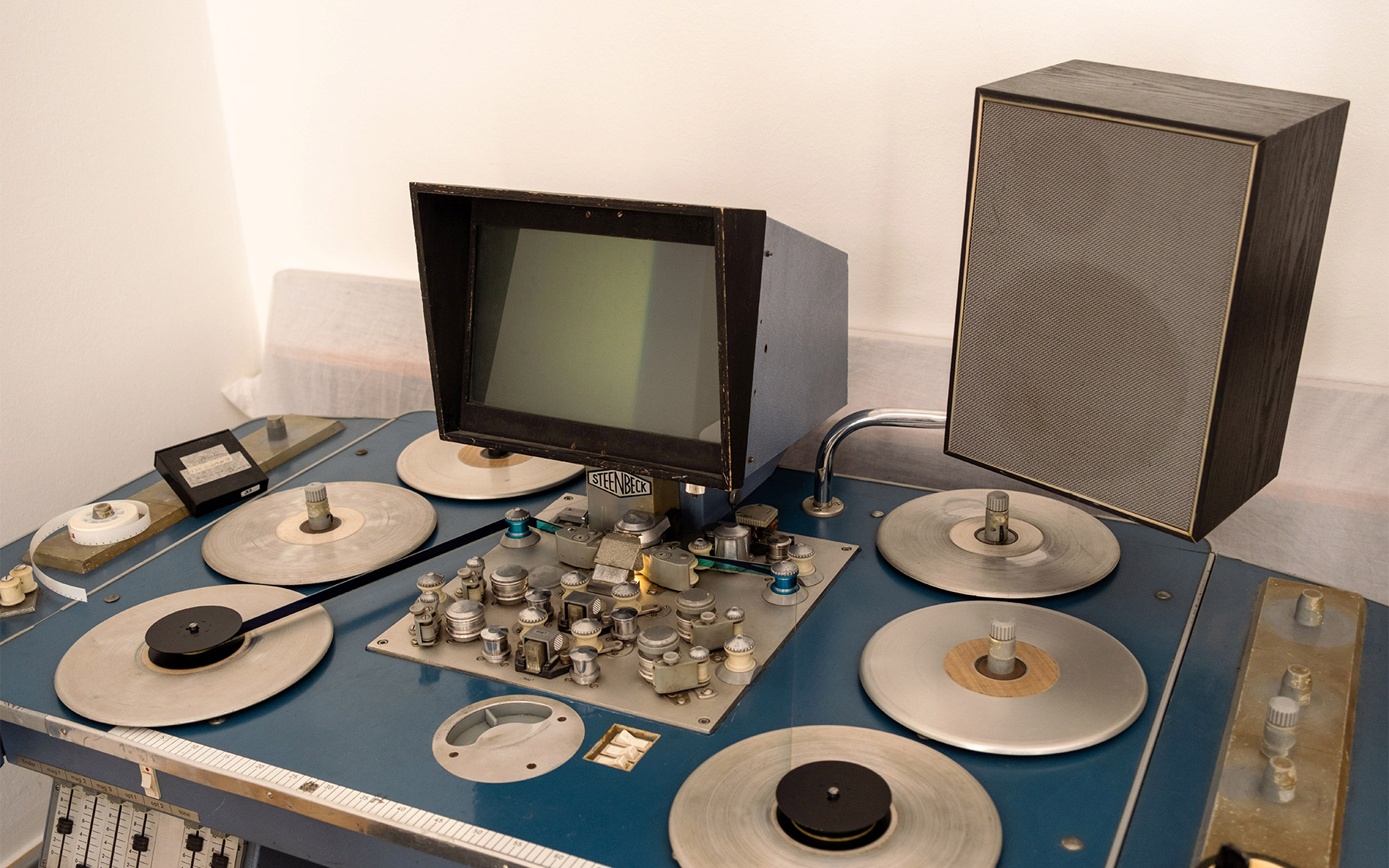
Do you see yourself as part of the “Expanded Cinema” movement?
There are definitely works of mine that relate strongly to “Expanded Cinema”, especially at the beginning. I am interested in film primarily as a spatial arrangement, as an organisation of materials and parameters for social and visual experience. In this respect, I keep returning to “Expanded Cinema” in my reflections.
Were there specific artists who inspired or accompanied you on your path?
Absolutely—my two art teachers were the most formative. Friedl Kubelka’s urgent demand to express oneself in the most personal and radical way possible, and Dorit Margreiter Choy’s analytical, precise perspective on the context of one's own actions and positioning.
Where did you study, and did you ever consider other directions?
Not really. I started with photography and film at Friedl Kubelka’s school in Vienna and later studied media art with Dorit Margreiter Choy at the Academy of Fine Arts. I often thought about what else I might have studied, but I truly believe that art is one of the best forms of education. Regardless of whether you end up becoming an artist in the classical sense or not.
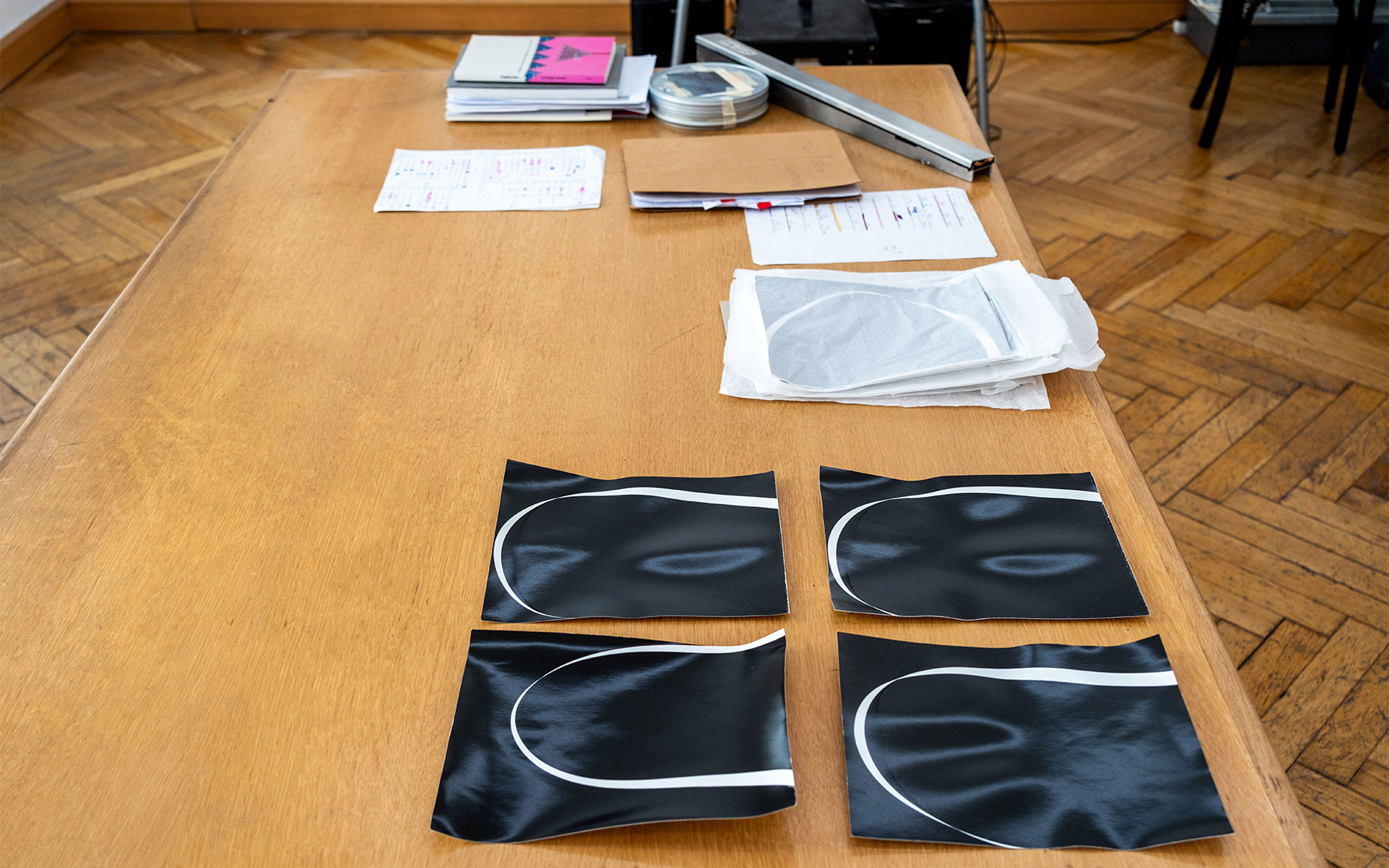
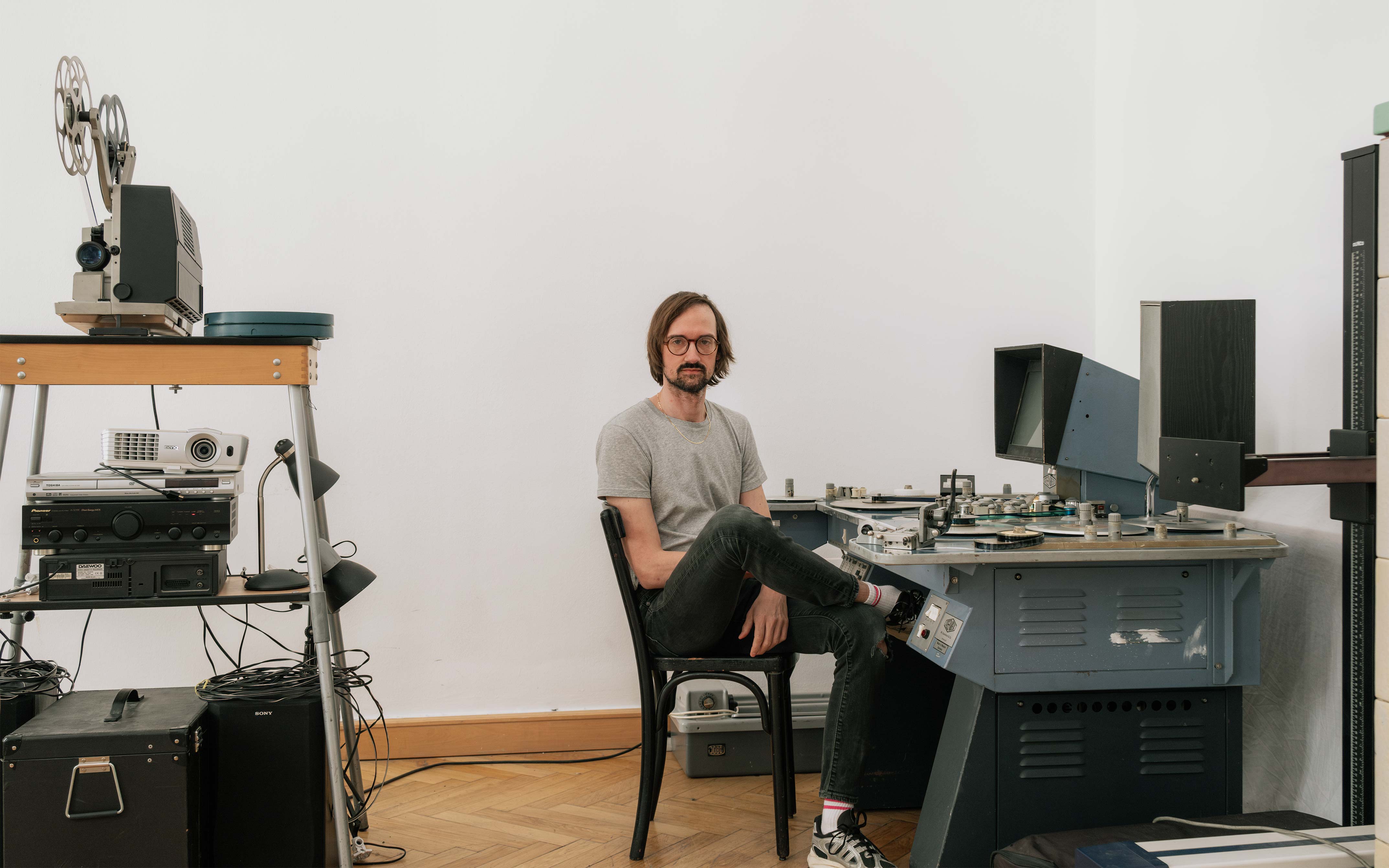
Would you say you would “trust” anyone to study art?
It’s not about trust—more like a strong recommendation. Engaging with art or working artistically means pursuing a goal that is not clearly defined, whose outcome is open, and whose success is uncertain. This risk goes against the capitalist logic of commodification. It’s not always comfortable for oneself, but you learn to follow your curiosity, develop your own methods, stay open to unexpected results, and take responsibility for your own actions.
Was there a particularly formative moment in your artistic career?
The most beautiful moments in art are those when things materialise after long yearning and much work. For example, when it succeeds that your own camera produces images, when the film sculpture runs smoothly and performs on its own before your eyes.
Were there exhibitions that marked a turning point for you?
Probably the work on the 35mm film Main Hall at the Secession in Vienna. I was not officially invited then; I asked myself if I could use the space between two exhibition cycles. That was an important moment to understand my role as an artist. I had no access to the institution’s resources. But I thought it was just as important that art can emerge in this way too, so I took on the position of the requester and self-inviter for five more films. Main Hall marked for me a deeper engagement with institutional structures and with the role of film in visual art.

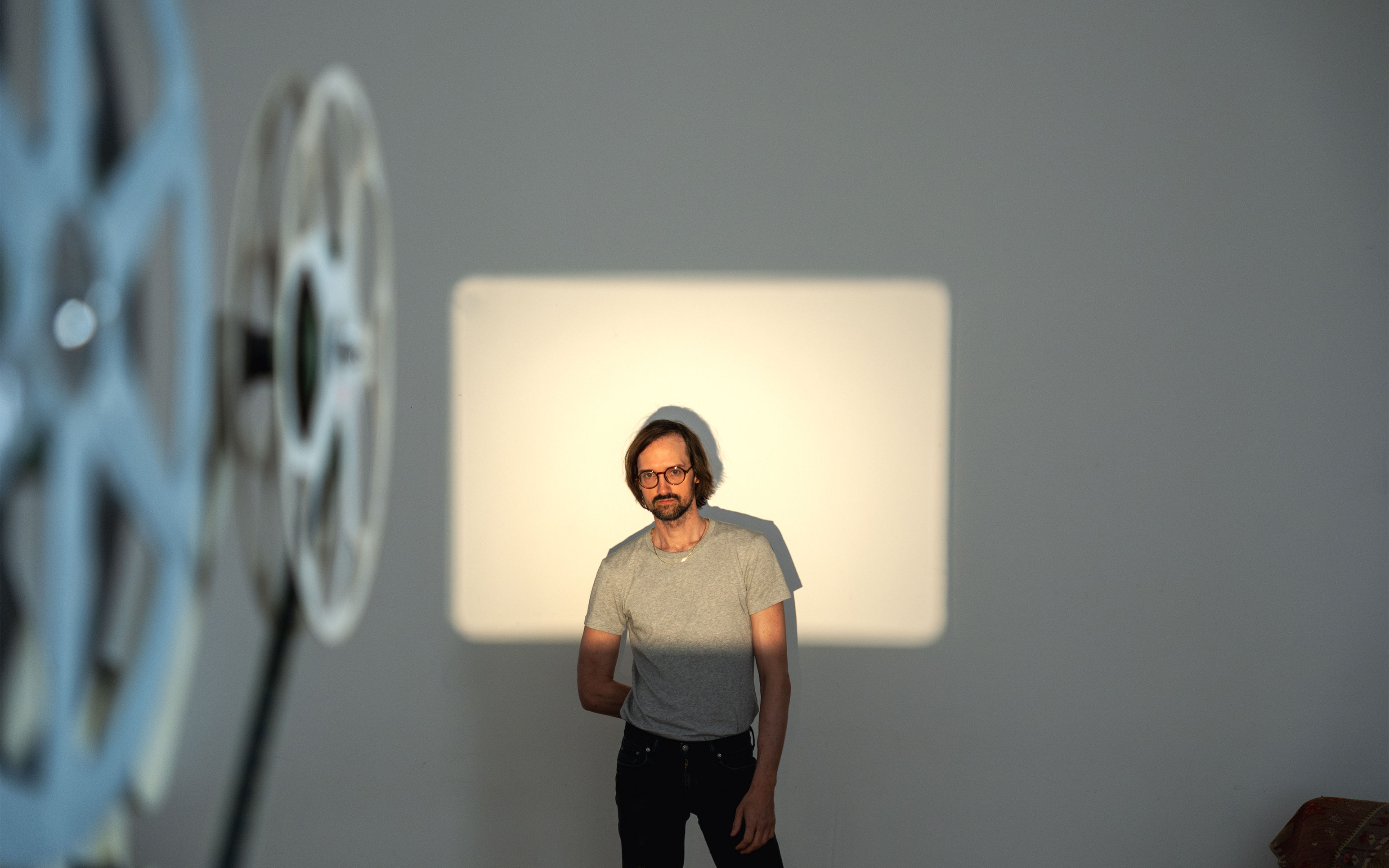
What questions do you ask when choosing a location?
Institutions are bodies with histories—through their architecture and what has taken place within them: exhibitions, archives, collections. And what hasn’t taken place is just as important. For example, with five Austrian institutions, I looked at why the art form of film, despite Austria’s tradition in avant-garde film, hasn’t really made it into the main venues and discussions of visual art. I linked this with my position as a young filmmaker, where I was far from having access to these institutions.
Would you describe yourself as an institution-critical artist?
You don’t just sit down and say, “Now I’ll make institutionally critical art”. (laughs) But eventually, you have personal experiences and start reflecting on them in a larger structural context. And sometimes there’s simply something to do. I think there is always a tension between artists and institutions, and that’s a good thing. My own work is sometimes more critical and challenging in this context, sometimes more harmonious and complementary.
How would you describe your art in your own words?
As an engagement with the given, a search for freedoms within existing systems, and an exploration of what is not yet fixed or defined. A kind of pendulum as a method.
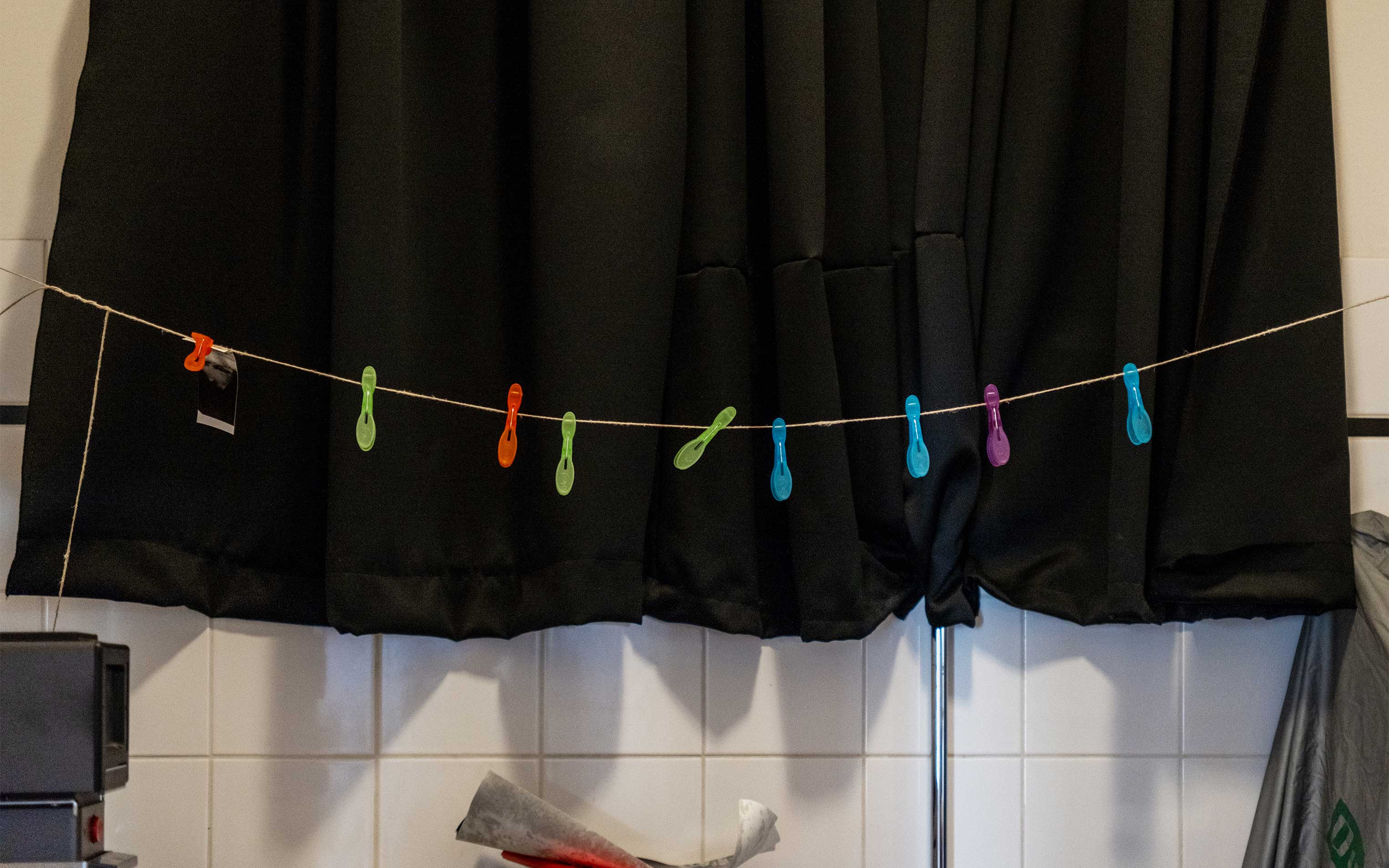
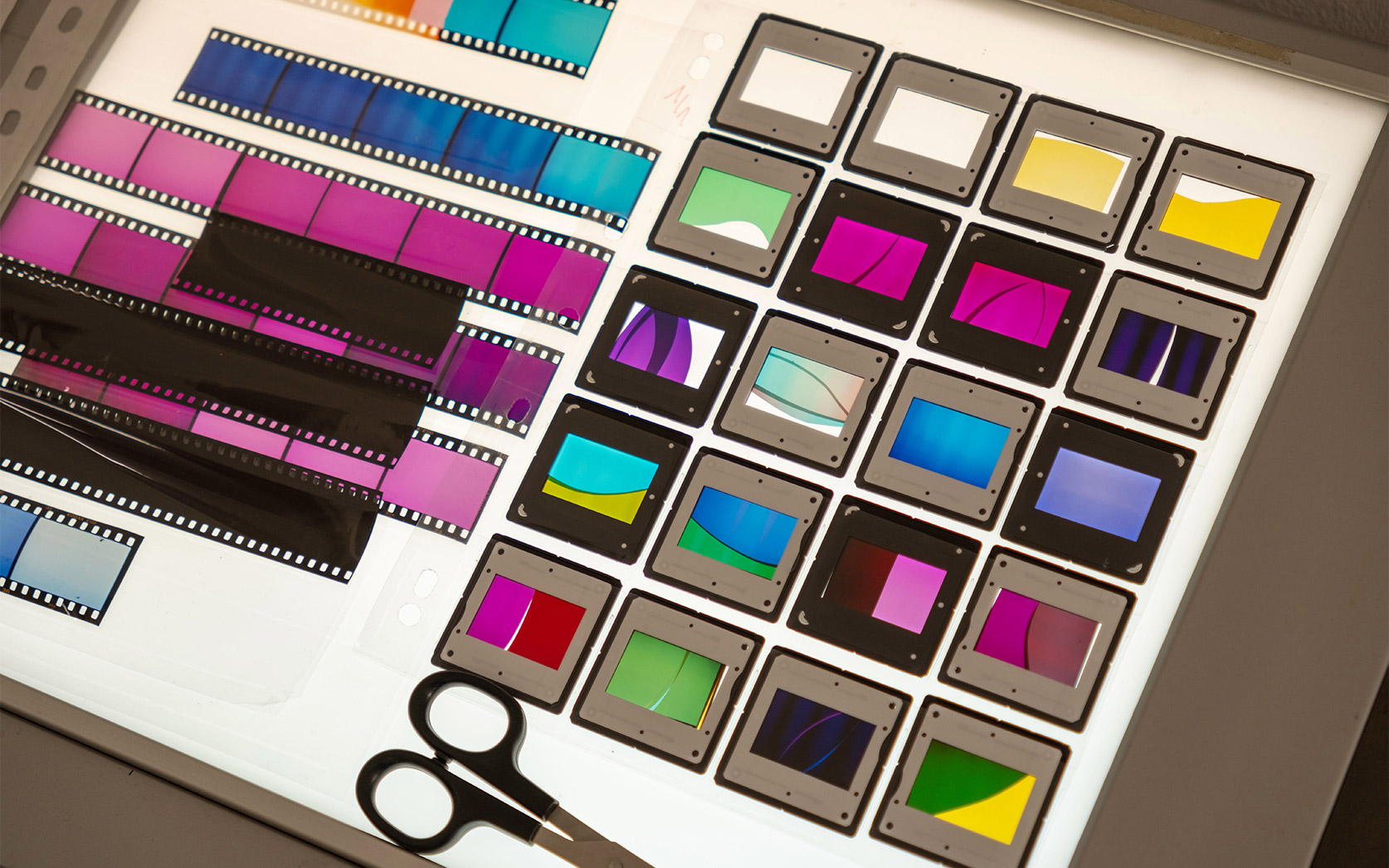
What interests you about the interplay of place, technique, and time?
The longer I work with film, the more I think: it’s all just a question of the organisation of light. Is the light focused and producing an image, like a camera obscura? Is it cut right-angled by a camera gate? Or does it remain round? And what material is the light caught upon? Architecture organises itself not only by volume, space, and materials but also light. This connection interests me. For me, the moment when light hits the film strip is potentially also the moment where the analytically critical meets the poetic.
What does the term “Film Sculpture” mean to you?
When I began working on this series, I noticed that I had no fitting term for what I was doing. Film stands for movement, temporal unfolding. Sculpture, on the other hand, we think of as something spatial, static, and assertive. These opposites—the temporal and the spatial, the moving and the static—interest me. So, I simply invented the term “film sculpture” to better grasp and communicate my practice.
Does language or linguistics play a role in your work, particularly with film?
A big role. Actually, I always write alongside my projects. These can be fleeting notes, lengthy clarifications of terms, references, or sketches. Writing helps me understand my own work—or even just to be able to formulate what I want. Most of it is not published; it accompanies the work more in the background. But it is important.
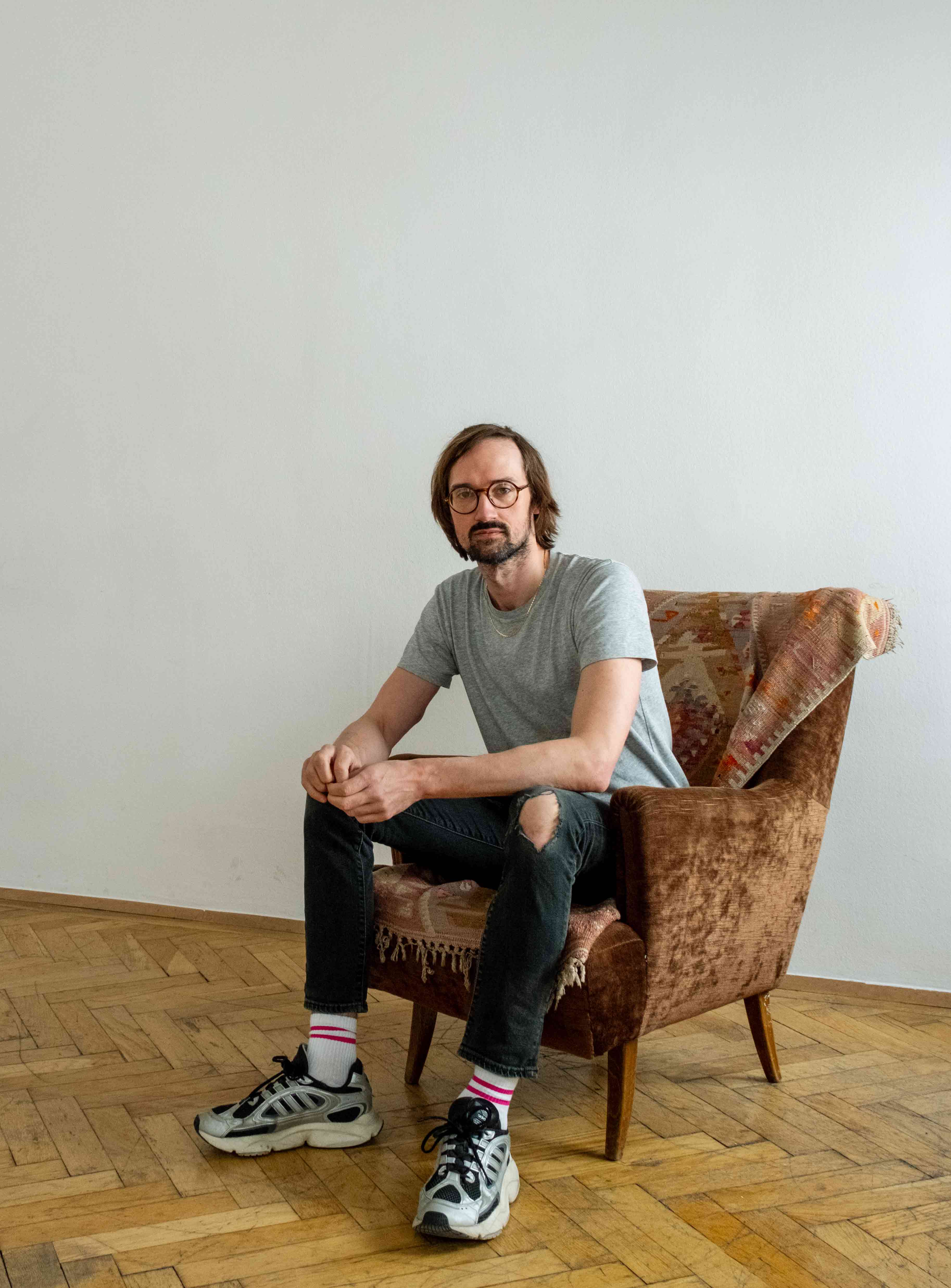
What is your relationship to the term “Queer Abstraction”?
Currently, I’m engaging with the term “Queer Abstraction”, especially regarding David J. Getsy’s writings and his “Ten Queer Theses on Abstraction”. What appeals to me most is his view that abstraction itself can be a critique of demands for representation and visibility. That resonates strongly with me—after all, I have opposed the representational logic of the film camera since the beginning of my artistic work. I actually use the term, like the above-mentioned working notes, as a kind of clarification for myself and a drive: away from recognizability and representational compulsion, toward relational and structural questions!
Do you feel your work is sometimes misunderstood?
Not misunderstood but, rather, understood differently. And that belongs to art. People bring their own perspectives, recognise other things, attribute different meanings to forms and terms. I’m all ears...
Would you say film has a performative element in your practice?
Absolutely. Film is performative by nature—simply through the act of the film strip running through and being exposed. The projection itself is also a performance: when the strip runs through the projector and produces light for an audience. And then there’s always the question: in what context does this social practice take place? Cinema, exhibition, screen? Temporary collective or individual?
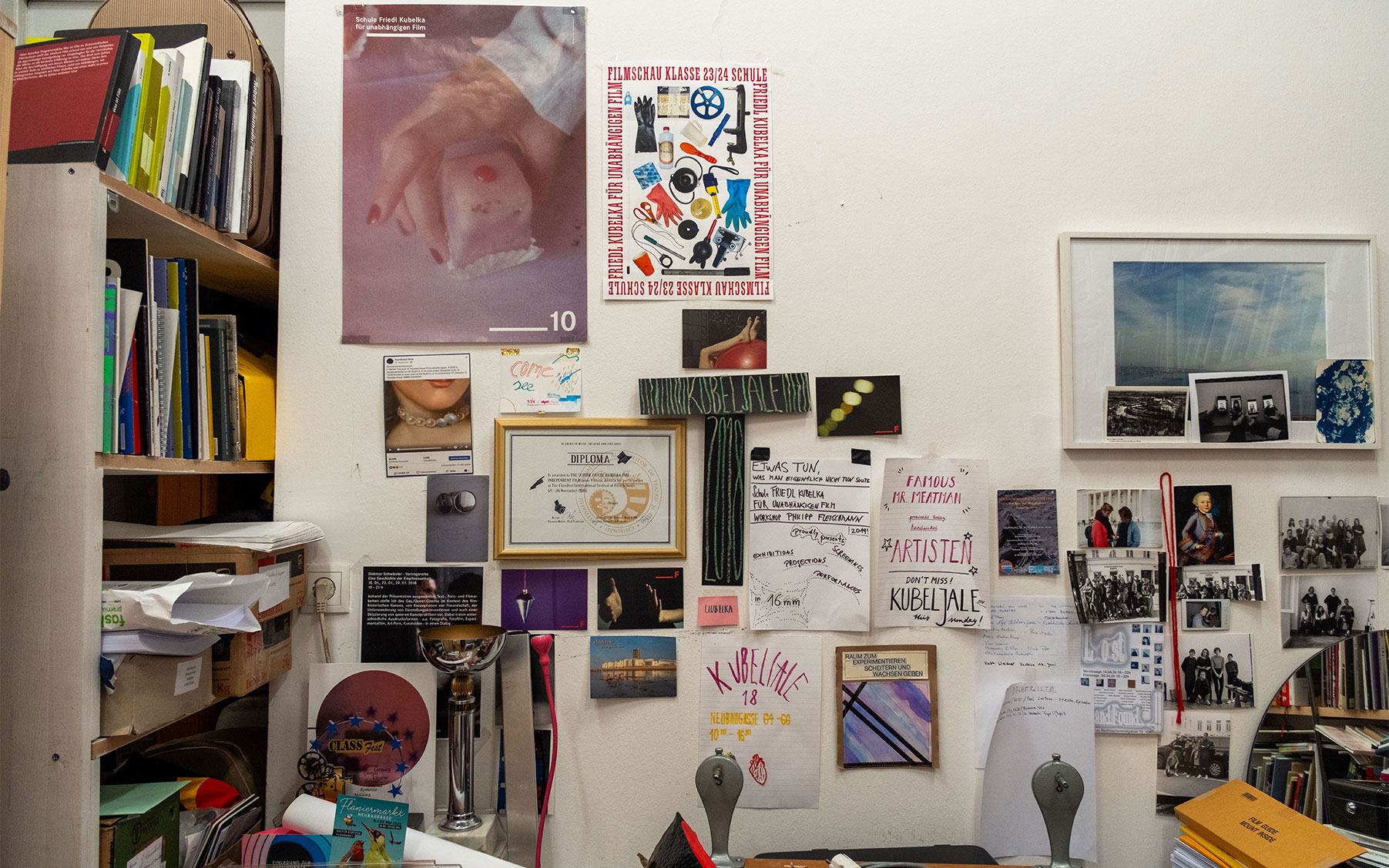
What does your studio space mean to you? How does it influence your work?
I was sceptical for a long time about the idea of a studio and deliberately didn’t rent one. Keyword ‘Post Studio Practice,’ where art arises independently of the classic studio space—often site-specific, processual, conceptual, and in engagement with social or institutional structures. Since the pandemic, however, a more classical studio practice has emerged that currently interests me, maybe precisely because it feels new to me.
How many studios do you have? Where do you work?
I work in many places. The studio is not a clearly defined place for me. Sometimes it’s a rented room, sometimes my private apartment. Sometimes a trip to the countryside, sometimes several weeks working in an institutional setting. Or like today, the studio of the ‘School for Independent Film,’ where I’ve worked for 13 years.
You now lead the School Friedl Kubelka for Independent Film. What does that mean for you as an artist?
It reflects another aspect of the longing for freedom—this time not just for me, but for many others. The school is a place of exchange and encounter for the art form film, beyond formal educational systems.
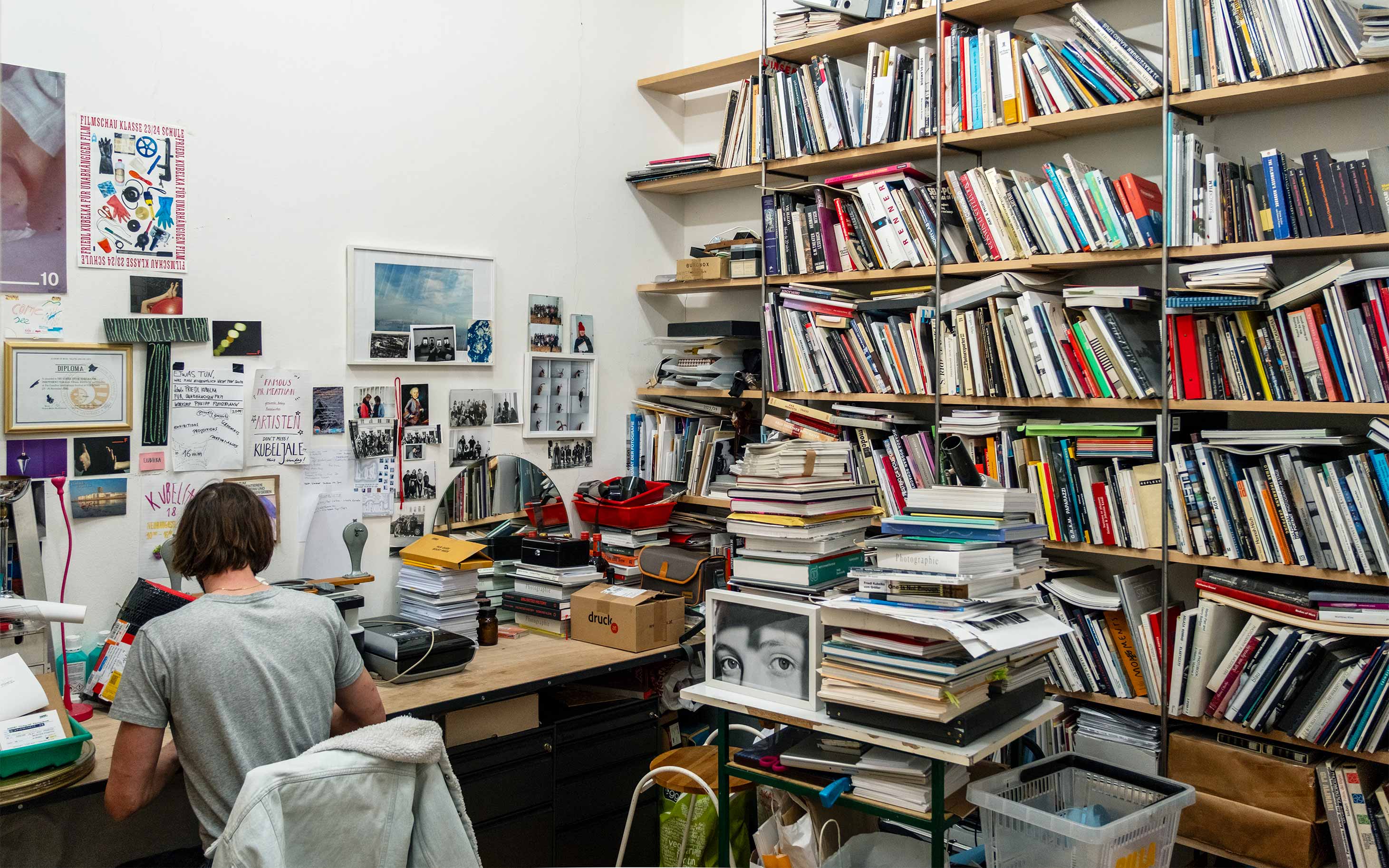
What would you like to pass on to your students?
The same thing I would give myself: to take oneself seriously and honestly in the question of why one wants to make art. The film school is not formal education—it’s a place to come together, work, and share knowledge and experiences. I deliberately keep it small, intimate, and as private as possible to truly create a safer space.
What does a typical day in your studio look like?
Always early and with lots of coffee. Often, I start with organizational things—emails, to-do lists. After a few hours, the artistic existence complains about how terribly boring it is to sit in front of the laptop, and demands tactile work. After a few days, you feel lonely and try to lure friends and collaborators into the studio; exchange must happen. Then again, only in quiet and with flight mode on the phone. Oh, and deadlines must be obediently met...
What are you currently working on? Any upcoming exhibitions?
Currently, a smaller work is running at the MuseumsQuartier in Vienna, and a large exhibition at Franz-Josefs-Kai 3 recently ended. The last two and a half years have been very production-intensive—with many new productions. At the moment, I feel the desire to take more time again. I’m working on new photograms, have ideas for further film sculptures, and for three years I’ve been filming together with a good friend a kind of portrait with a Super-8 camera, which starts from the struggle for asylum recognition in the Austrian legal system.

Is there something you’d like to pass on to the next generation of artists?
Now I feel old! (laughs) Actually, you hope for advice that helps you, so bring it on! But maybe precisely for that reason: take your time. That sounds banal, but in a time where visibility—especially through social media—has become a kind of currency, I consider phases of retreat an important tool. Moments of reflection, or reorientation. And, of course, work on your own art - not the art system!
Text: Livia Klein
Photos: Maximilian Pramatarov


